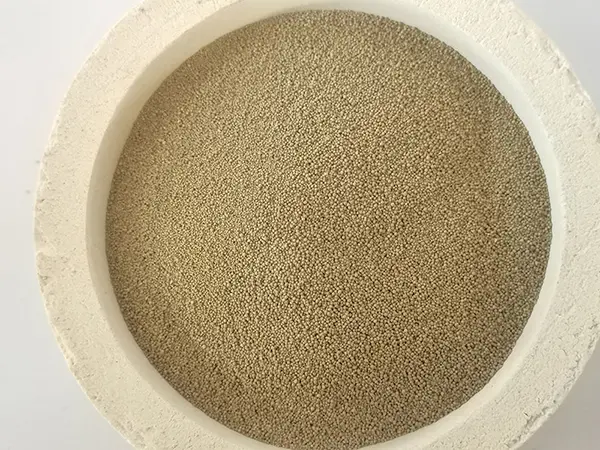Materials Used for Sand Casting
Sand casting is one of the most widely employed metal forming processes, playing a crucial role in various manufacturing sectors. The method involves creating a mold from sand to cast molten metal into desired shapes and sizes. The choice of materials used in sand casting directly influences the quality, durability, and precision of the final product. This article will explore the primary materials utilized in sand casting, highlighting their significance and characteristics.
1. Sand
The most fundamental material in sand casting is, unsurprisingly, sand. The type of sand commonly used is silica sand due to its high melting point, abundance, and efficiency in forming molds. Silica sand is composed primarily of silicon dioxide (SiO2) and is typically mixed with various additives to enhance its properties. For example, washing and drying processes are conducted to eliminate impurities, and clay may be added to improve the cohesiveness of the sand mixture.
Another variant is resin-bonded sand, where a thermosetting resin is mixed with sand to create a more durable mold. This variety offers enhanced structural integrity and finer surface finishes, suitable for intricate designs and high-precision applications.
2. Binders
Binders are materials used to hold the sand grains together, forming a stable mold. The types of binders vary, with clay being the most traditional. Clay provides excellent binding properties due to its plasticity. In addition to clay, modern sand casting processes often use chemical binders like phenolic resin or urethane, which lead to superior mold strength and reduce the shake-out time after casting. Choosing the right binder is crucial, as it affects mold integrity and the finish of the casting.
3. Metals
The choice of metal is critical in sand casting since it determines the casting's mechanical properties and applications. Commonly used metals in sand casting include aluminum, iron, magnesium, and bronze.
- Aluminum Lightweight and resistant to corrosion, aluminum alloys are favored in automotive and aerospace industries, where weight reduction is essential. - Gray Iron Known for its excellent wear resistance and ability to absorb vibration, gray iron is widely used in engine blocks and machine bases.
materials used for sand casting

- Cast Iron This is often used for heavy machinery and components due to its durability and ability to withstand high temperatures
.- Bronze This alloy offers high corrosion resistance and is often used for marine applications and artistic sculptures.
4. Additives
Additives play an important role in enhancing the performance of mold sand. Various additives are used to improve properties such as flowability, cohesiveness, and resistance to thermal degradation. Common additives include
- Coal Dust Often used to improve surface finishes and reduce casting defects by imparting a black coloration to the mold.
- Clay While inherently part of the mold sand, additional clay can be included to augment the bonding strength of the sand.
- Water Essential for hydration in clay-bonded sands, water helps achieve optimal moisture content, which is vital for forming molds efficiently.
5. Core Materials
Cores are used to create internal cavities within the casting. Core materials are selected based on the required strength, thermal stability, and ease of removal. Common materials include sand, ceramic, and metal, with resin-coated sand being a prevalent choice for its ease of handling and ability to produce intricate shapes.
In conclusion, the materials used in sand casting are diverse and significantly impact the entire casting process and the quality of the final product. From sand to metals and additives, understanding the properties and applications of each component allows manufacturers to optimize their operations, yielding components that meet stringent industry standards. This versatility and adaptability make sand casting a favored choice in various fields, from heavy machinery to intricate artistic endeavors.
Post time:Aug . 12, 2024 12:12
Next:A Comprehensive Guide to the Characters and Their Roles in Sand Castle Film
